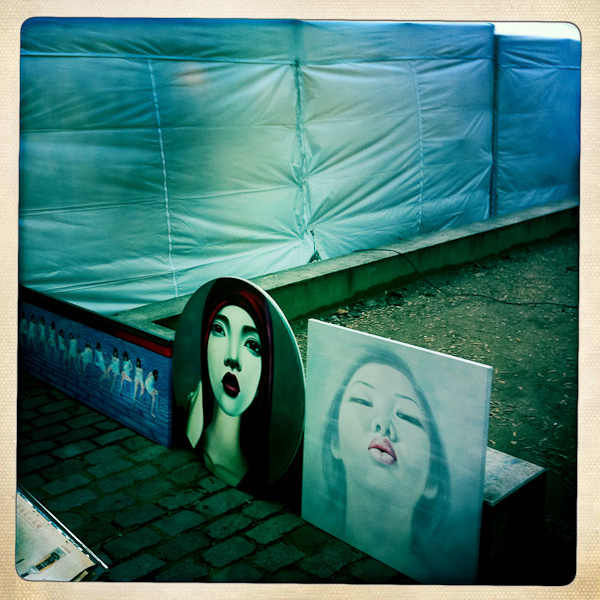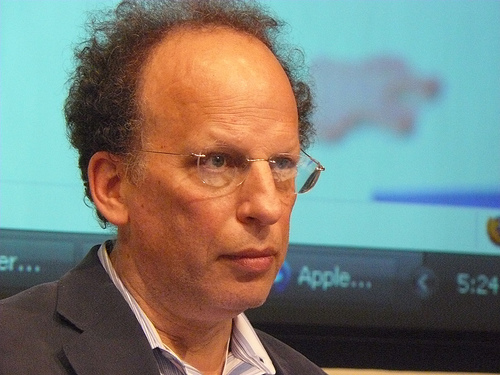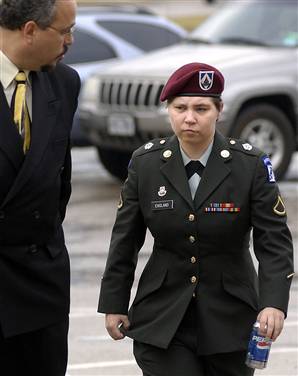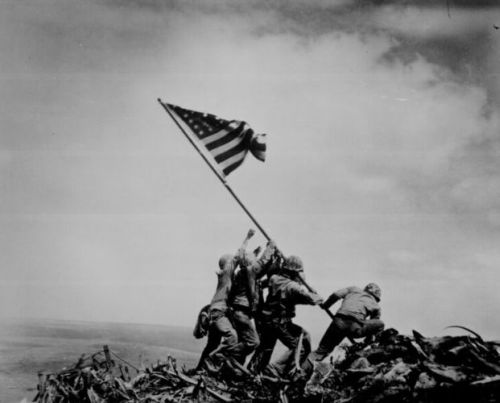 Although it appears that not a week goes by without a story of another film stock or photo paper being discontinued, analog photography is undergoing something of a revival at the moment... online... and more specifically on screen, courtesy of the Hipstamatic application. As far as I understand it the point of Hipstamatic is to try and emulate—or at least suggest—the elusive qualities of a print on the backlit screens that we are now all glued to 24/7. I have already had a rant about the lack of clothes on the Emperor that is iPhoneography, so I won't do the same here. This isn't a rant about Hipstamatic actually, I think it makes crappy camera phone images taken on the fly look a little better. Also it is giving thousands of users the joy of discovering the beauty of square format and reminds them that once upon a time there was this thing called film. Some photographers even seem to be able to make good pictures with it (as anyone who is friends with Aya Takada on Facebook will know). With the exception of photojournalists using it to casually photograph US soldiers in Afghanistan, I see it as a bit of harmless fun.
Although it appears that not a week goes by without a story of another film stock or photo paper being discontinued, analog photography is undergoing something of a revival at the moment... online... and more specifically on screen, courtesy of the Hipstamatic application. As far as I understand it the point of Hipstamatic is to try and emulate—or at least suggest—the elusive qualities of a print on the backlit screens that we are now all glued to 24/7. I have already had a rant about the lack of clothes on the Emperor that is iPhoneography, so I won't do the same here. This isn't a rant about Hipstamatic actually, I think it makes crappy camera phone images taken on the fly look a little better. Also it is giving thousands of users the joy of discovering the beauty of square format and reminds them that once upon a time there was this thing called film. Some photographers even seem to be able to make good pictures with it (as anyone who is friends with Aya Takada on Facebook will know). With the exception of photojournalists using it to casually photograph US soldiers in Afghanistan, I see it as a bit of harmless fun.
No, this rant is about the increasingly popular idea of making actual real-life prints from Hipstamatic images. The Guardian ran a piece this week on a London gallery which is holding an exhibition of Hipstamatic prints. My first thought on reading this was whether prints of Hipstamatic images could be anything but terrible. And a Sunday-afternoon walk through the Marais gave me an answer as I happened upon a gallery with a Hipstamatic print in the window. I may have been influenced by the exquisite Bruce Wrighton prints that I saw just a day earlier at Les Douches gallery, but this print was bad enough to feel like an insult, particularly as they had gone to the trouble of making a pigment print on some fancy paper in a limited edition of 3 priced at over $200 in all its grossly-pixelized glory. This image would never look any good at anything larger than the palm of your hand on the low resolution of a screen. And here it was, a sad piece of hyper-colour mutton (totally over-)dressed as lamb. Can't we please just let these Hipstamatic images go about their business of passing the time for us on the internet, or on our smart phones where they belong?
 A couple of weeks ago I attended a talk at the American University of Paris given by
A couple of weeks ago I attended a talk at the American University of Paris given by  Lynndie England is (thankfully) no longer a hot topic, but I was reminded of her story by this week's episode of the consistently excellent
Lynndie England is (thankfully) no longer a hot topic, but I was reminded of her story by this week's episode of the consistently excellent  The excellent
The excellent